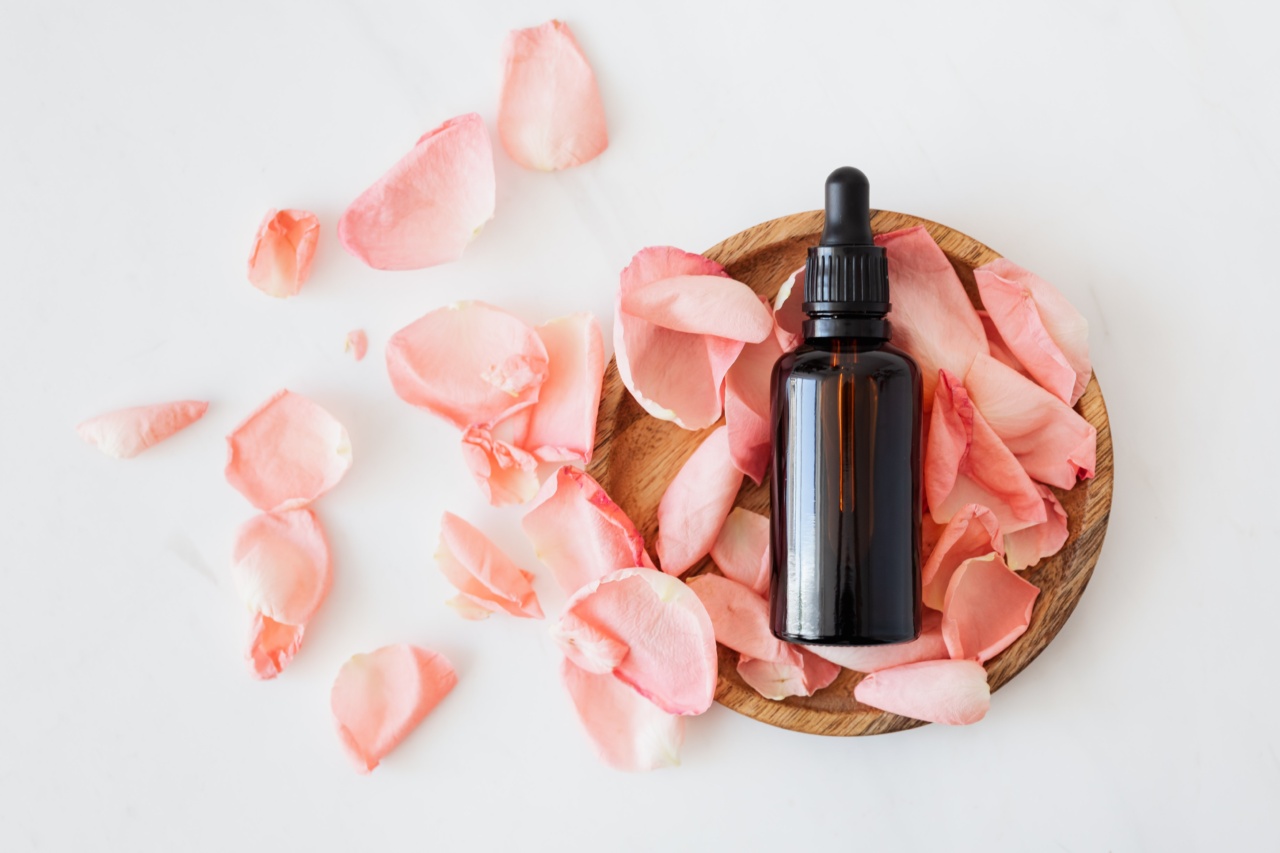Phytobiotics, also known as botanicals or plant-based compounds, have gained significant attention in recent years due to their potent health benefits and therapeutic properties.
These natural extracts derived from plants have been used for centuries in traditional medicine practices for their healing properties. Phytobiotics offer a safe and sustainable alternative to synthetic drugs, providing numerous health benefits without hazardous side effects.
In this comprehensive guide, we will delve into the world of phytobiotics, exploring their uses, benefits, and the different types available.
The Science Behind Phytobiotics
Phytobiotics encompass a wide range of bioactive compounds found in plants, including polyphenols, alkaloids, terpenes, flavonoids, and many more. These phytochemicals are responsible for the diverse therapeutic properties exhibited by phytobiotics.
Scientific studies have demonstrated their ability to modulate various biological processes and influence the body’s physiology positively.
Types of Phytobiotics
There are numerous types of phytobiotics, each with its own unique composition and health benefits. Let’s explore some of the most popular types:.
1. Herbal Extracts
Herbal extracts are concentrated forms of plants obtained through processes like solvent extraction or distillation.
These extracts contain a high concentration of bioactive compounds and are commonly used in traditional medicine and dietary supplements.
2. Essential Oils
Essential oils are highly concentrated aromatic compounds derived from plants. They are widely used in aromatherapy due to their calming and therapeutic effects.
Essential oils are often used for skincare, relaxation, and as natural remedies for various ailments.
3. Polyphenols
Polyphenols are a class of chemical compounds found in plants known for their antioxidant properties. They can be found in a variety of fruits, vegetables, and beverages like green tea and red wine.
Consumption of polyphenol-rich foods has been associated with numerous health benefits, including reduced risk of chronic diseases.
4. Alkaloids
Alkaloids are naturally occurring compounds found in plants that often possess pharmacological effects. Examples of alkaloids include morphine, caffeine, and nicotine.
They can have stimulating, sedative, or analgesic properties and are widely used in medicine.
Benefits of Phytobiotics
The consumption of phytobiotics has been associated with various health benefits, which include:.
1. Antioxidant Activity
Many phytobiotics exhibit potent antioxidant activity, protecting the body against oxidative stress and reducing the risk of chronic diseases like cancer and cardiovascular disorders.
2. Anti-Inflammatory Properties
Several phytobiotics possess anti-inflammatory properties that help alleviate inflammation in the body. This can be beneficial for conditions such as arthritis and inflammatory bowel diseases.
3. Immune System Support
Certain phytobiotics, like echinacea and garlic, have been shown to enhance immune system function, reducing the frequency and severity of respiratory tract infections.
4. Digestive Health
Phytobiotics such as ginger and peppermint can aid digestion, alleviate symptoms of indigestion, and improve overall gut health.
5. Skin Health
Many phytobiotics have beneficial effects on the skin, reducing inflammation, improving elasticity, and promoting overall skincare.
6. Mental Well-being
Some phytobiotics, like chamomile and lavender, have calming properties that can help reduce anxiety, improve sleep quality, and promote overall mental well-being.
Usage of Phytobiotics
Phytobiotics can be used in various ways to harness their benefits:.
1. Dietary Supplements
Phytobiotics are commonly found in the form of dietary supplements, which can be consumed orally to obtain their health benefits. These supplements are available in capsules, tablets, or powdered forms.
2. Essential Oils
Essential oils can be used topically by diluting them with carrier oils and applying them to the skin for aromatherapy or skincare purposes.
3. Herbal Teas
Many phytobiotics can be consumed in the form of herbal teas, providing a soothing and natural way to reap their health benefits.
4. Topical Applications
Certain phytobiotics, such as aloe vera gel or calendula extracts, can be applied topically to the skin to promote healing and alleviate skin conditions.
Conclusion
Phytobiotics offer a natural and effective means of improving health and well-being.
With their diverse range of bioactive compounds, phytobiotics have the potential to provide numerous health benefits without the harmful side effects often associated with synthetic drugs. From herbal extracts to essential oils and polyphenols, the variety of phytobiotics available ensures that there is something for everyone.
Incorporating phytobiotics into our daily lives, whether through dietary supplements, essential oils, or herbal teas, can contribute to a healthier and more balanced lifestyle.






























